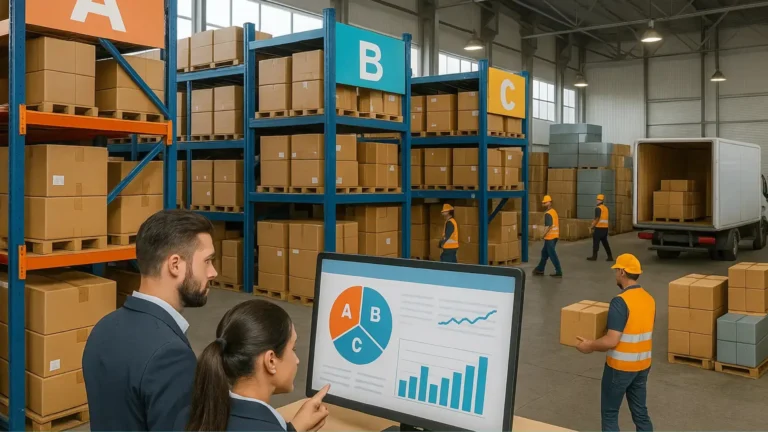What is Data Analytics? Meaning, Process & its Types

What is Data Analytics?
Data analytics is the process of collecting, organizing, and studying data to discover useful insights, find patterns, and make smarter decisions. Whether it’s a business trying to understand customer behavior or a farmer checking crop trends, data analytics helps turn information into action.
Read More About: Big Data Analytics is Revolutionizing Supply Chain Management
Why is Data Analytics Important?
Data analytics is used in almost every industry—healthcare, finance, retail, education, agriculture, and even sports. It helps people and organizations:
Make informed decisions: Data reveals facts and trends that support better choices.
Solve problems: By finding patterns and identifying errors, analytics helps fix issues quickly.
Predict outcomes: With past and present data, you can forecast what might happen in the future.
Boost efficiency: It helps find smarter, faster, and cheaper ways to work.
Discover opportunities: Trends in data can show new markets or customer needs you hadn’t noticed.
The Process of Data Analytics
The process of data analytics generally follows these key steps:
Data Collection: This is the first step, where data is gathered from various sources like websites, sensors, apps, surveys, or databases.
Data Cleaning: Raw data usually has errors or missing values. Cleaning removes duplicates and incorrect entries to make sure results are reliable.
Data Analysis: Using tools like Excel, Python, SQL, or R, analysts study the data to find trends, correlations, and insights.
Data Interpretation: This is where the data starts telling a story. Analysts try to answer questions like “Why did sales drop?” or “What do our customers prefer?”
Data Visualization: Data is presented through charts, graphs, and dashboards so decision-makers can easily understand the findings.

Types of Data Analytics
There are four main types of data analytics, each answering a different kind of question:
Descriptive Analytics – What happened?
Summarizes past data using charts, averages, and KPIs (Key Performance Indicators).
Diagnostic Analytics – Why did it happen?
Explains reasons behind patterns or changes using comparisons and statistical methods.
Predictive Analytics – What could happen next?
Uses past data and machine learning to forecast future outcomes.
Prescriptive Analytics – What should we do?
Recommends the best course of action by evaluating different scenarios and outcomes.
Conclusion
Data analytics is more than just crunching numbers it’s about unlocking the value hidden inside data. With the right approach and tools, anyone can use analytics to make better decisions, drive growth, and plan for the future.
In a world full of information, data analytics is the key to turning numbers into knowledge.







1 thought on “What is Data Analytics? Meaning, Process & its Types”